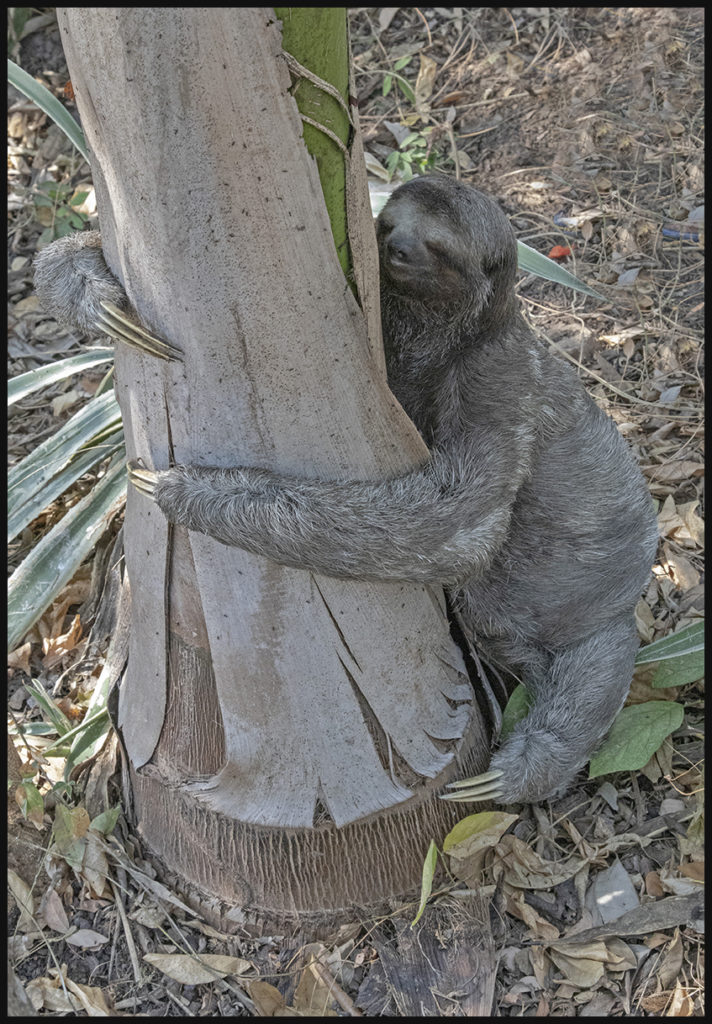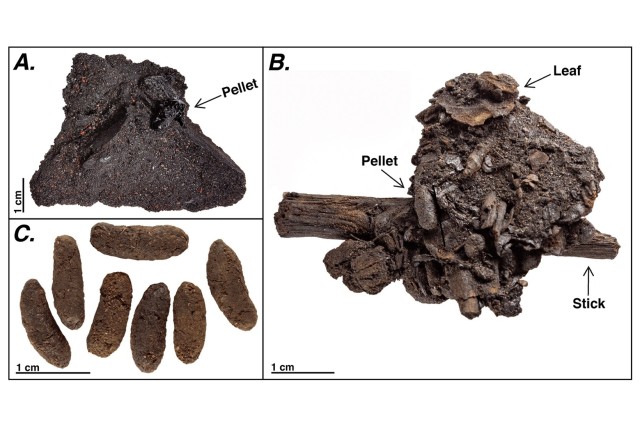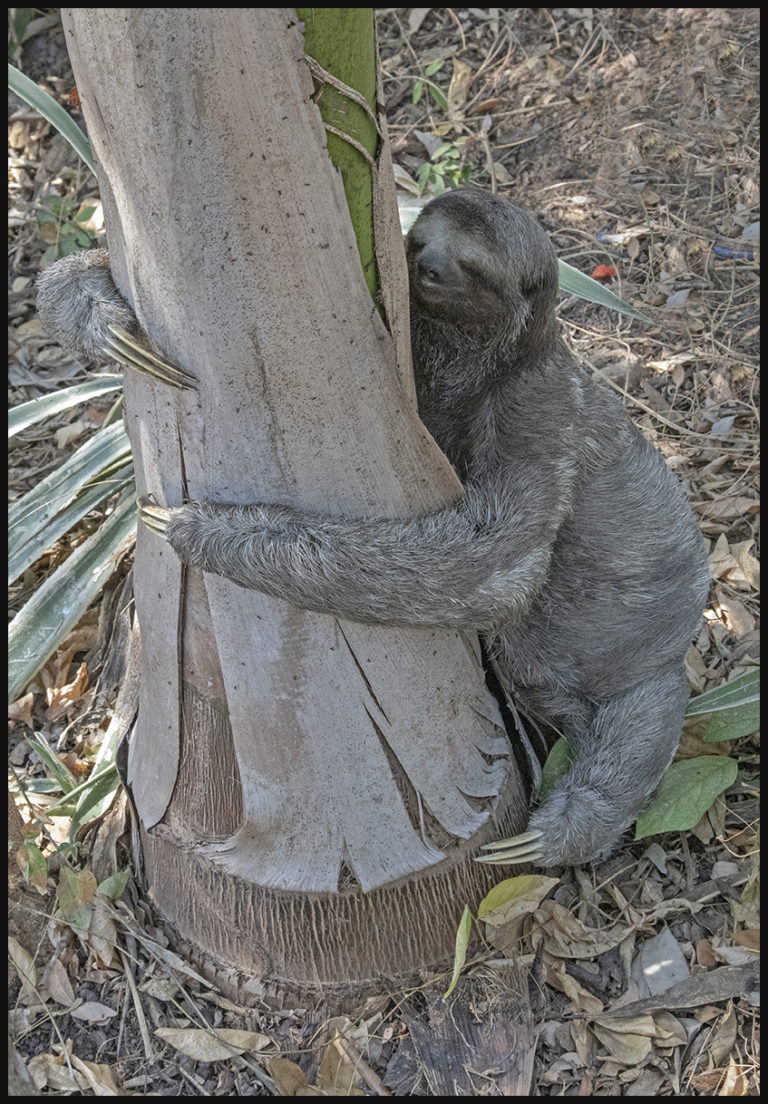
Hanging upside down isn’t necessarily the best angle from which to enjoy the Sunday paper in privacy, if you know what I mean. These fur gardens - which often give the sloth’s fur a greenish tinge - also house multiple species of arthropods and fungi.ĭespite what we humans would consider highly questionable personal hygiene habits, sloths are incredibly fussy poopers. All three-toed sloths have unique hair with cracks along the surface that absorb water to nourish colonies of hydroponic algae. Fantastic Fecal Phenomena of the Animal WorldĪdorable as they are, you might think twice about wanting to snuggle a sloth.They live mostly solitary lives high in the forest canopy, with small home ranges of about 5.5 hectares, or a little more than 5 soccer fields.

The brown-throated sloth ( Bradypus variegatus) is one of two sloth species found in Costa Rica. There was absolutely no mistaking what was about to happen. “But it’s so rare, what are the odds that we would… Oh my god.”īy this point the sloth was just a few meters away, likely breaking some sort of sloth record for fastest descent. Our guide looked at me, and we realized that we were thinking the exact same thing. “Oh my god…” I whispered, half-strangled with disbelief. “I think it’s coming down!” our guide said, his voice growing more and more excited. And with each clambering movement it was coming closer and closer to us. The rest of the group giggled at its slow, clumsy movements, but I knew that for a sloth this was practically a flat-out Olympic sprint. I watched, half-listening to our night walk guide as he identified the grey furry shape as a brown-throated three-toed sloth. (For more recent news on sloth ecosystems-check out this article and publication on how the fungi on sloths might protect humans from cancer, malaria and Chagas disease.The sluggish creature crept along a tangle of vines towards us. The study is published in Proceedings of the Royal Society B. That means Pauli’s work is not yet finished… More slothful research! Sloths do not lick their fur, so if it is a beneficial relationship-how are sloths getting the nutritional benefits? Pauli and his colleagues theorize that these algal nutrients supplement the sloths’ leaf-based diet, making the sloth, moth, algae relationship mutualistic, or beneficial to everyone involved.Īnd while Time reports that a quarter or so of the sloths had algae in their stomachs, no one quite understands how it got there. He found the more moths, the more nutrients, and the more nutrients, the more algae.

He also checked the sloths’ fur for nutrients. Linking the moths to the sloths’ poop, Pauli checked the moth populations on several Costa Rican sloths. The moths that live aboard the sloths lay their eggs in the sloth poop, where their larvae hatch and grow, and eventually fly away to find a sloth home of their own. The University of Wisconsin’s Jonathan Pauli has an idea. There must be a good reason to risk life and limb for the weekly trip. Not only does this practice burn a good percentage of the sloth’s daily calories, but it’s also dangerous-the sloths are extremely vulnerable to predation on the forest floor. Not the actual defecating, I mean- everyone poops, but rather the practice of leaving the safe and restful canopy. For years, people have been questioning this practice. Three-toed sloths come down from their treetop perches once per week to poop.

This week, researchers describe how important sloth poop is to this slothy ecosystem, not to mention the sloth itself. Some of these organisms are even endemic to the sloth-meaning they occur only on a sloth, and nowhere else! These cute mammals, oft subjects of viral web videos, host habitats of their own, supporting moths, beetles, cockroaches, fungi and algae in their fur and on their skin.

Sloths are their own biodiverse ecosystems.


 0 kommentar(er)
0 kommentar(er)
